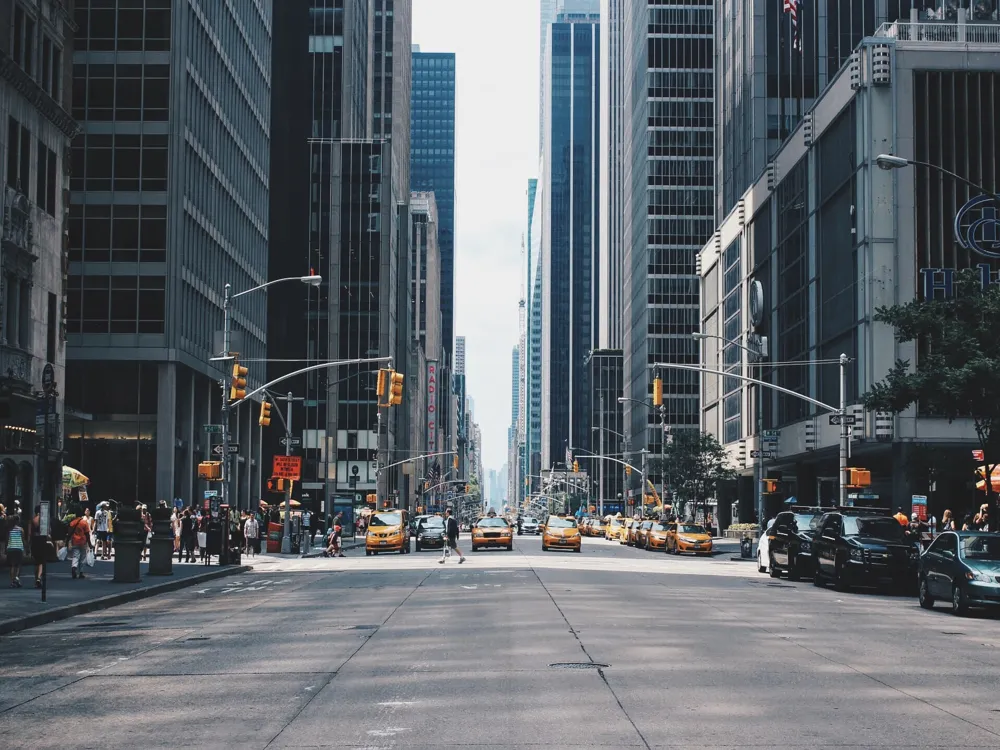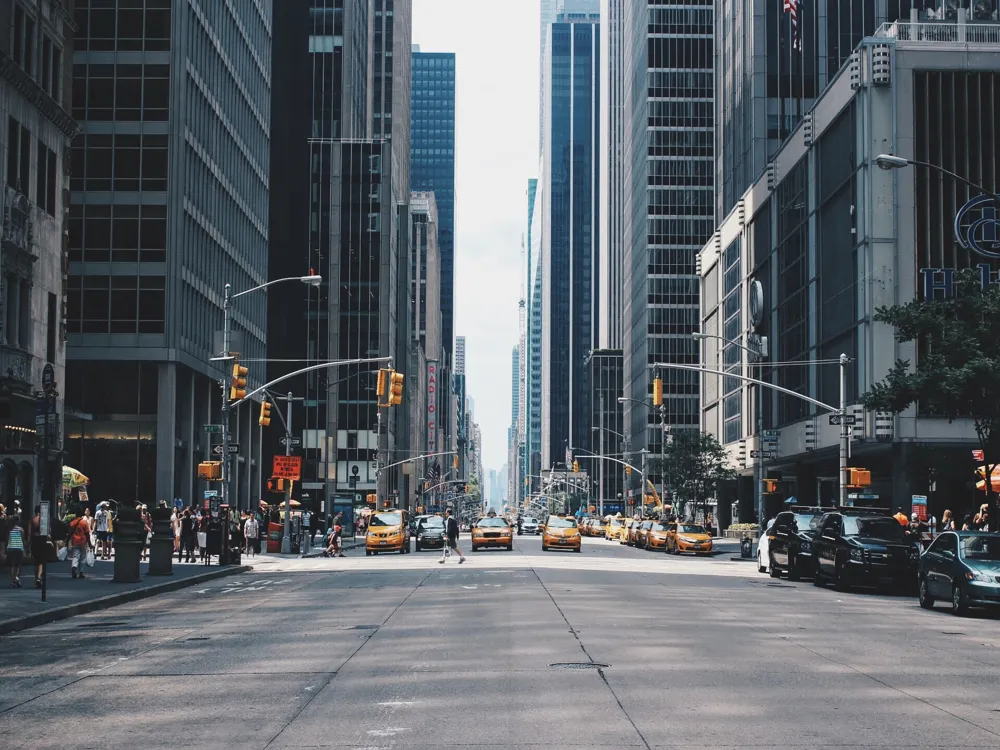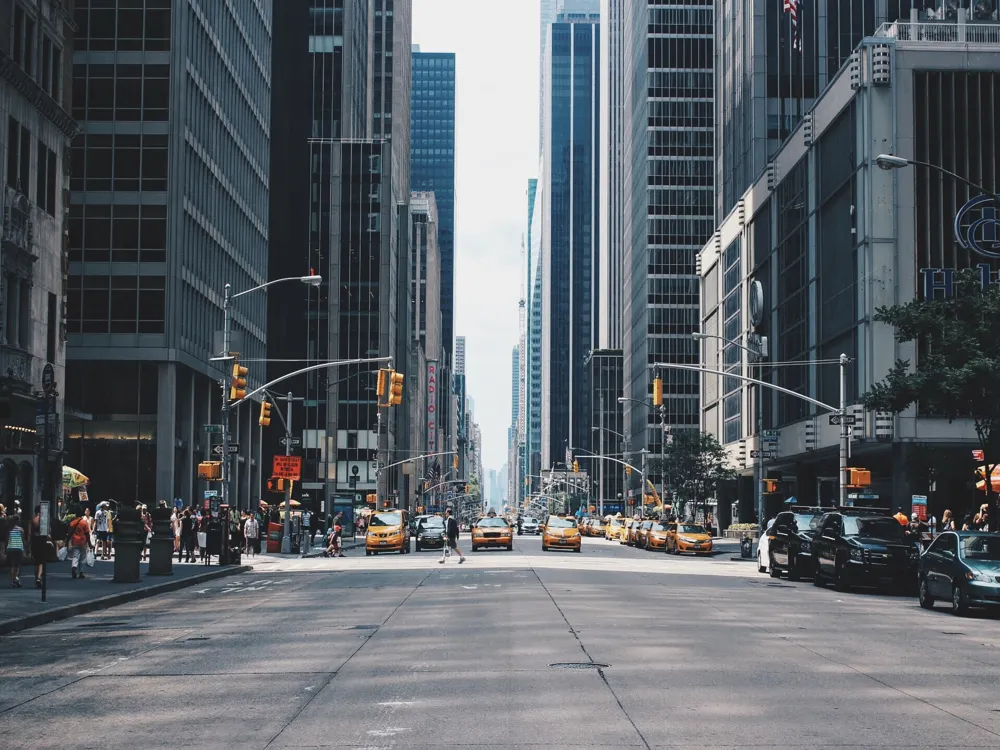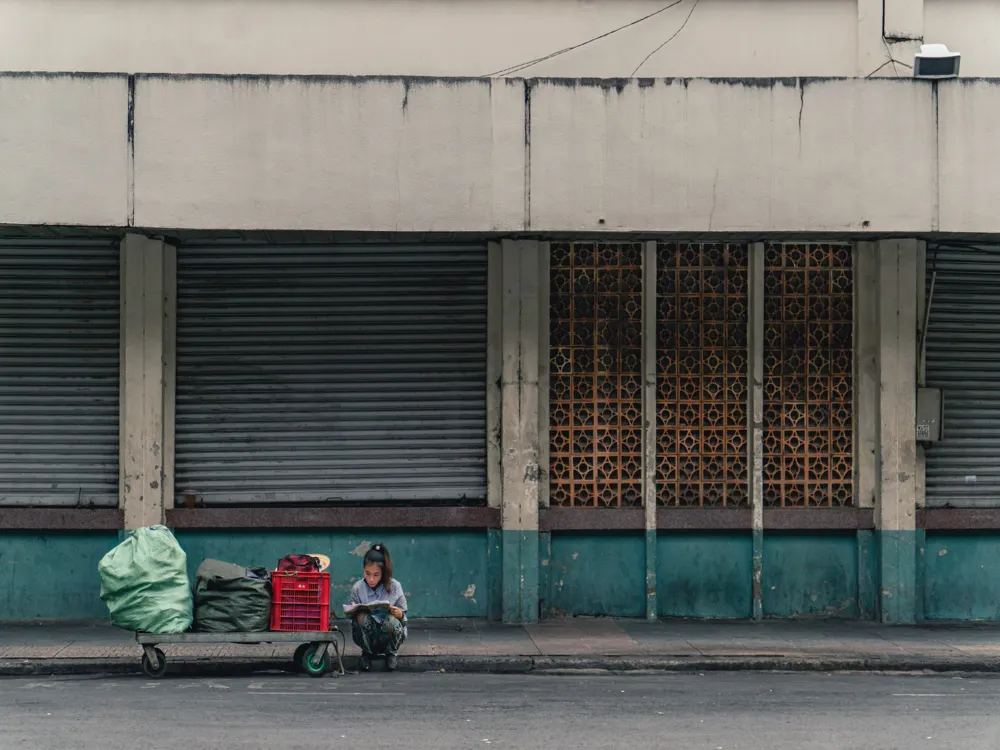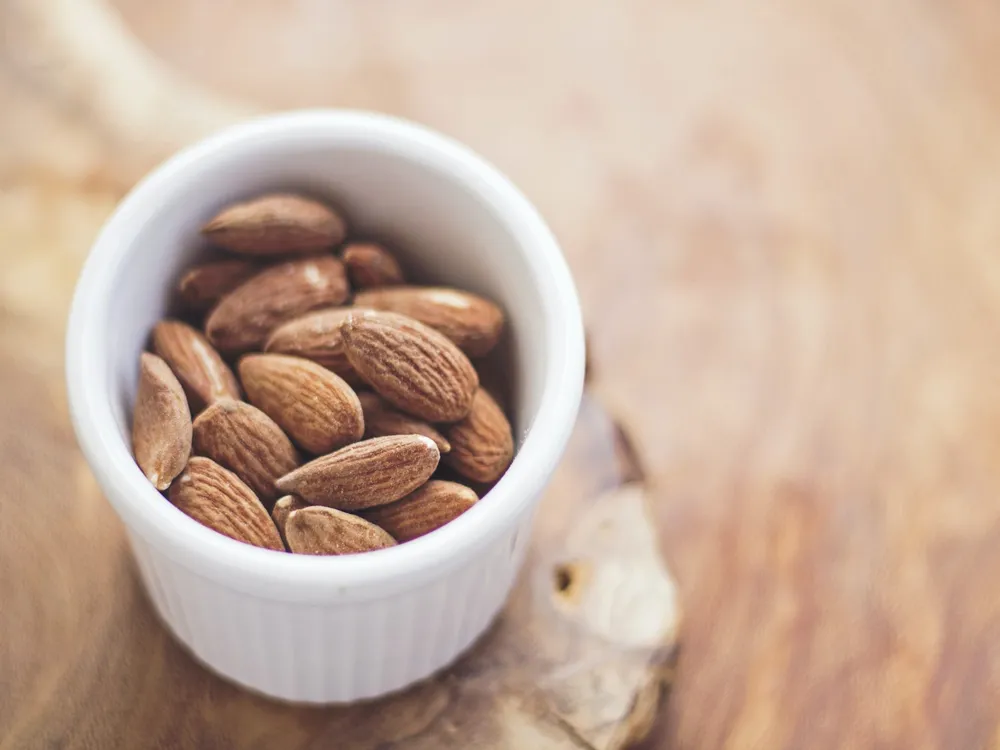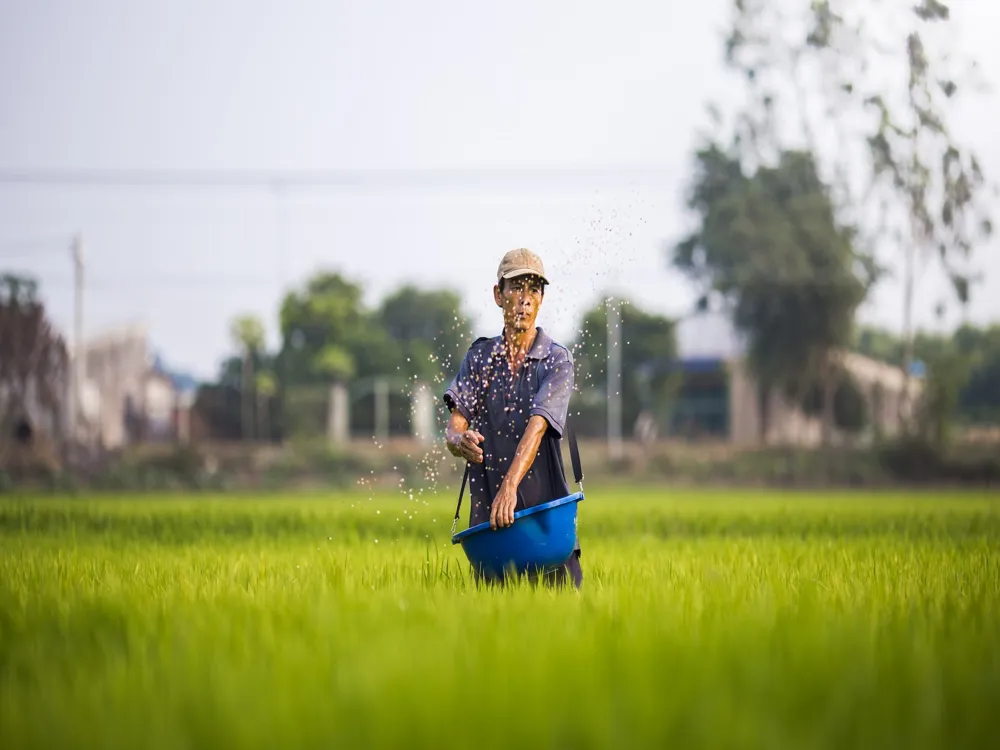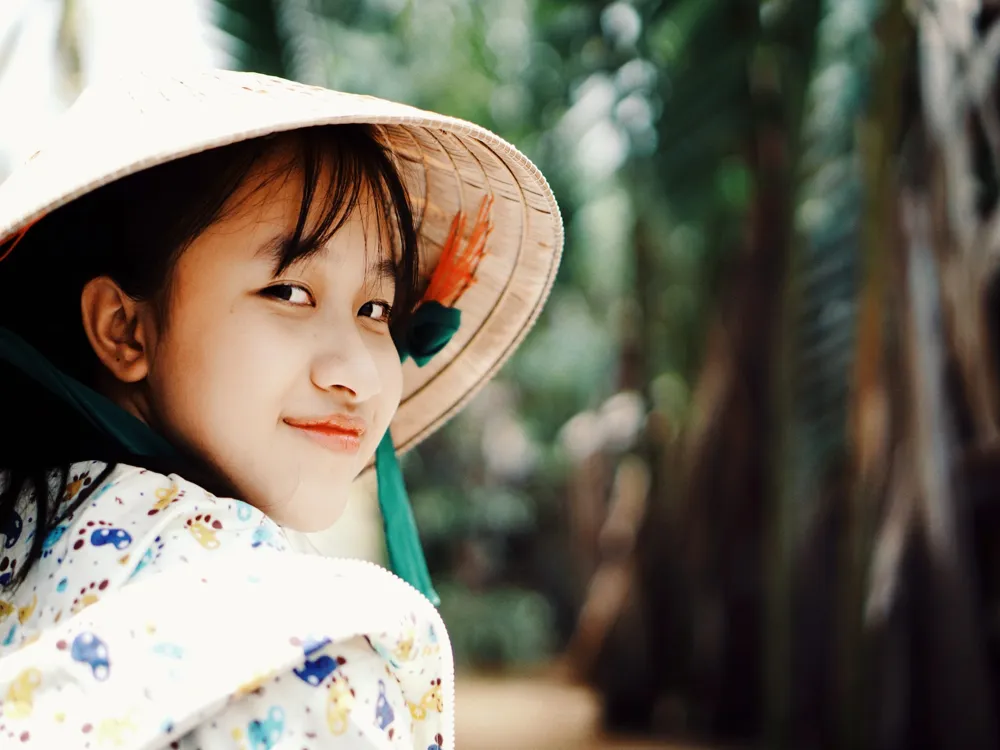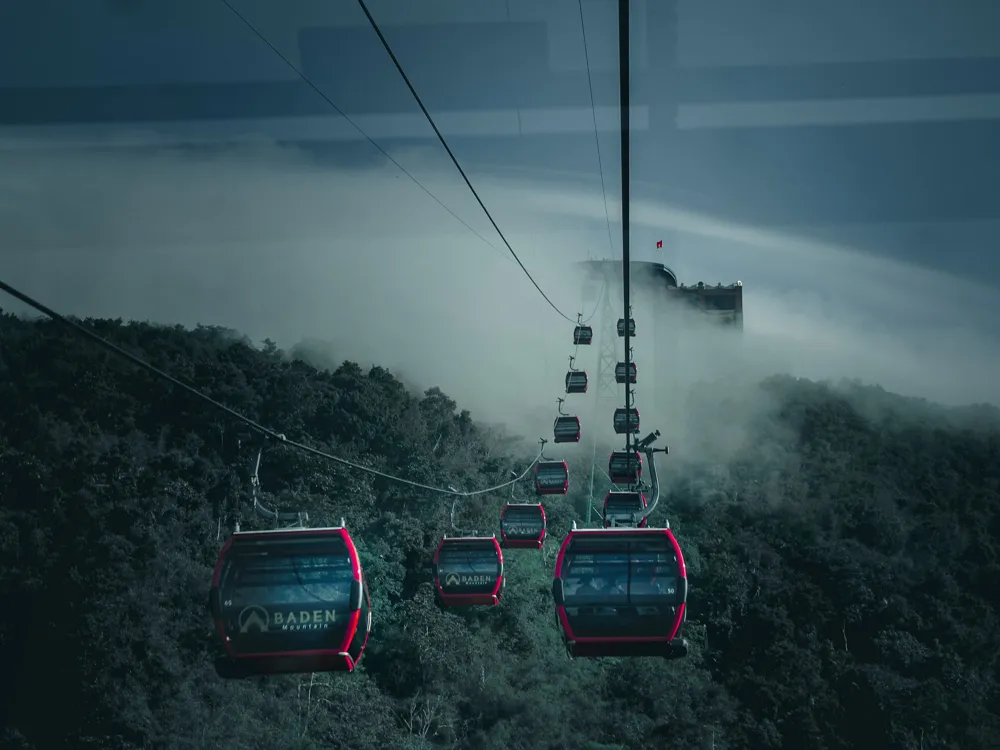Nestled at the edge of Ho Chi Minh City, the Can Gio Mangrove Forest, also known as the 'Green Lung' of the city, is a mesmerizing natural wonder that captivates visitors with its unique ecosystem and serene beauty. This UNESCO-listed biosphere reserve spans over 75,000 hectares, serving as a critical habitat for a diverse range of flora and fauna. The forest plays a pivotal role in preventing soil erosion, protecting the coastline, and maintaining ecological balance. The Can Gio Mangrove Forest is not only an ecological treasure but also a symbol of resilience. During the Vietnam War, the forest was heavily damaged due to the use of toxic chemicals. However, remarkable efforts have been made to restore and preserve this vital ecosystem, leading to its current flourishing state. Today, it stands as a testament to nature's ability to heal and regenerate. The Can Gio Mangrove Forest is home to over 200 species of wildlife and 150 species of flora. Its intricate network of tidal wetlands, mudflats, and salt marshes create a unique habitat for various species, including the rare saltwater crocodile, monkeys, and numerous bird species. The mangrove trees, with their distinctive root systems, not only support the diverse wildlife but also contribute to the forest's unique aesthetic. Mangroves are vital for the environment as they act as natural barriers against coastal erosion and storms. They also play a significant role in carbon sequestration, helping to mitigate climate change. The Can Gio Mangrove Forest demonstrates the ecological importance of mangroves and offers an opportunity to learn about these crucial ecosystems. The forest is a hub for environmental research and conservation. Various organizations and scientists are actively involved in studying its biodiversity and developing strategies to protect and sustain the mangrove ecosystem. These efforts not only help in preserving the forest but also provide valuable insights into mangrove conservation globally. The architecture of Can Gio Mangrove Forest is a harmonious blend of natural and man-made structures, designed to offer visitors an immersive experience while preserving the forest's delicate ecosystem. The layout of the forest is thoughtfully planned to facilitate eco-tourism and educational activities without disrupting the natural habitat. The infrastructure within Can Gio is built with sustainability in mind. Wooden pathways and bridges meander through the forest, allowing visitors to explore without harming the sensitive mangrove roots. Observation towers offer panoramic views of the forest canopy and wildlife. These structures are constructed using eco-friendly materials and traditional techniques, reflecting the local culture and commitment to environmental preservation. The Can Gio Mangrove Forest is equipped with visitor centers that provide educational resources about the mangrove ecosystem and its conservation. These centers are designed to be interactive and informative, offering guided tours, exhibits, and workshops that enhance the understanding and appreciation of the mangrove forest. The architecture of Can Gio also incorporates elements of Vietnamese culture. Traditional designs and motifs are evident in the construction of facilities and amenities. This cultural integration helps in creating a unique and authentic experience for visitors, showcasing the local heritage and its connection to the mangrove ecosystem. The best time to visit Can Gio Mangrove Forest is during the dry season, from December to April. During this period, the weather is more pleasant, and the chances of rainfall are lower, making it ideal for exploring the forest and its surroundings. When visiting Can Gio, it's essential to come prepared. Bring sunscreen, insect repellent, a hat, and comfortable walking shoes. Also, consider bringing binoculars for bird watching and a camera to capture the stunning scenery. As an ecologically sensitive area, it's crucial to respect the ecosystem of Can Gio. Stick to designated paths, avoid disturbing wildlife, and refrain from littering. Remember, your actions can have a significant impact on the preservation of this unique environment. Can Gio Mangrove Forest is accessible from Ho Chi Minh City by various means of transportation. The most common way to reach the forest is by road, which takes about two hours from the city center. Visitors can opt for public buses, private cars, or motorbikes. For a more scenic route, taking a boat from Ho Chi Minh City's ports is another option, offering a unique perspective of the forest as you approach it from the waterways. Read MoreDiscover Can Gio Mangrove Forest in Ho Chi Minh City
Rich Biodiversity and a unique ecosystem
Importance of Mangrove Ecosystem
Research and Conservation Efforts
Architecture of Can Gio Mangrove Forest
Ecotourism and Sustainability
Visitor Centers and Educational Facilities
Cultural Integration
Tips When Visiting Can Gio Mangrove Forest
Best Time to Visit
What to Bring
Respecting the Ecosystem
How To Reach Can Gio Mangrove Forest
Can Gio Mangrove Forest
Ho Chi Minh City
₹ 17,501 onwards
View ho-chi-minh-city Packages
Ho-chi-minh-city Travel Packages
View All Packages For Ho-chi-minh-city
Top Hotel Collections for Ho-chi-minh-city

Private Pool

Luxury Hotels

5-Star Hotels

Pet Friendly
Top Hotels Near Ho-chi-minh-city
Other Top Ranking Places In Ho-chi-minh-city
View All Places To Visit In ho-chi-minh-city
View ho-chi-minh-city Packages
Ho-chi-minh-city Travel Packages
View All Packages For Ho-chi-minh-city
Top Hotel Collections for Ho-chi-minh-city

Private Pool

Luxury Hotels

5-Star Hotels

Pet Friendly







